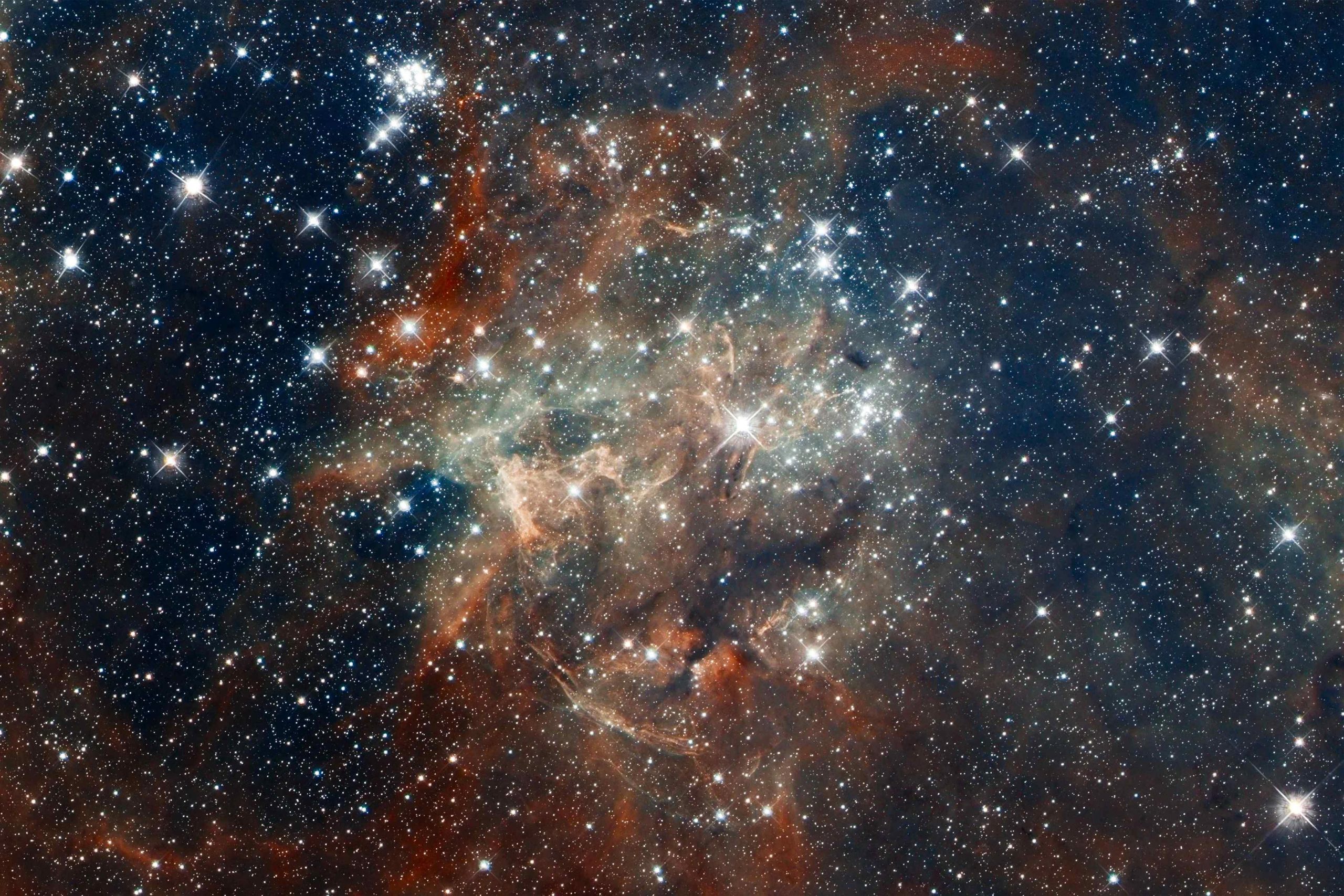

Figure 1: The 30 Doradus nebula, also known as the Tarantula Nebula, in the Large Magellanic Cloud (LMC) is home to many massive stars. Credit: NASA/ESA
Less than one percent of stars in a galaxy are formed with masses exceeding ten solar masses. Despite their rarity, massive stars are believed to play a crucial role in shaping their surroundings, ultimately determining the evolution of the star cluster or galaxy in which they are located.
Simulations of massive stars are used in many fields of astrophysics, from predicting gravitational-wave event rates to studying star formation and star cluster evolution. However, their rarity and short lives, along with their more extreme properties, mean that the evolution of massive stars is riddled with many uncertainties. These uncertainties are compounded by the fact that accurate modeling of stellar lives in three dimensions is prohibitively expensive in terms of computing resources.
Therefore, stellar evolution is modeled using one-dimensional (1D) codes, with only radius or mass as the spatial coordinate. Three-dimensional (3D) processes such as rotation and mixing are approximated using 1D analogs, which generally give good results for most stars.
However, in the envelopes of massive stars (and in low-mass stars at the late stages of evolution), the use of these 1D analogs can lead to numerical challenges for stellar evolution codes. The time steps of the computation become very small (of the order of days) and 1D codes struggle to compute the further evolution of the star.

Figure 2: Black hole masses predicted by different massive stellar models can vary by about 20 solar masses. Credit: OzGrav
While researchers are trying to find the solution using multidimensional models, 1D stellar evolution codes adopt different pragmatic methods to push the evolution of stars beyond these numerical challenges. These methods, along with other uncertain parameters in the evolution of massive stars, can significantly alter the predictions of massive stellar models. To get an idea of how different their predictions can be, we examined models of massive stars from five different datasets, each computed using a different 1D code.
We found that certain aspects of these predictions were extremely sensitive to the modeling assumptions employed by different codes. For example, in Figure 2, the different sets of massive star models show a variation of about 20 solar masses in their predictions of the mass of the black hole formed.
We also found huge differences in the radial evolution of these stellar models and thus the ionizing radiation produced by them. These differences can directly affect binary evolution and the simulations of stellar environments, such as galaxies.

